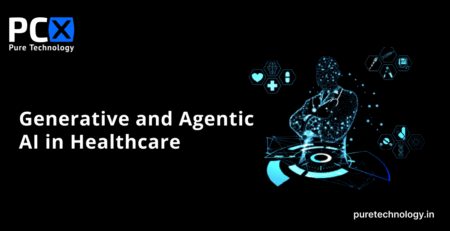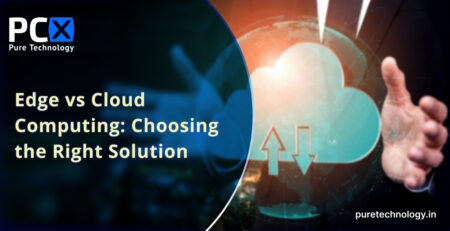What is SDLC? Learn the basics, steps and methodologies.
SDLC stands for Software Development Lifecycle. It is a way to design, build, test, and maintain software applications.
The SDLC process typically includes several steps that include planning, analysis, design, coding, testing and maintenance. These steps help ensure that the software is well developed and efficient and meets the customer’s needs.
By following the SDLC process, software development teams can work more efficiently, avoid mistakes and create software that meets customer needs and expectations.
What are the Seven Phases of SDLC?
1) Planning Phase:
The first phase in the SDLC involves planning the software development project. This includes defining the project scope, setting goals and objectives, identifying the stakeholders and their requirements, and creating a plan for how the software will be developed.
2) Requirements Gathering Phase:
In this phase, the software development team gathers information about the requirements of the software from the stakeholders. This information is used to create a comprehensive requirements document that outlines what the software should do, how it should function, and what features it should include.
3) Design Phase:
Once the requirements have been gathered, the software development team begins to design the software. This involves creating detailed design specifications that outline how the software will be structured, what components it will have, and how those components will work together.
4) Implementation Phase:
In this phase, the software development team writes the code and programs the software. This is the stage where the actual development work takes place.
5) Testing Phase:
Once the software has been developed, it is tested to ensure that it meets the requirements and functions as intended. This includes both functional testing, which tests the software’s functionality, and non-functional testing, which tests its performance, security, and other aspects.
6) Deployment Phase:
Once the software has been tested and approved, it is deployed to the end-users. This includes installing the software on their systems, training them to use it, and providing any necessary support.
7) Maintenance Phase:
The final phase in the SDLC is the maintenance phase. During this phase, the software is monitored and updated as needed to ensure that it continues to function as intended. This may involve fixing bugs, making enhancements, or addressing other issues that arise over time.
What are the Top SDLC Methodologies?
There are several SDLC (Software Development Life Cycle) methodologies used in the software development industry. Some of the top SDLC methodologies are:
Waterfall Model:
The Waterfall model is a linear, sequential approach to software development. It involves a structured approach to each phase of the SDLC, with each phase being completed before moving on to the next.
Agile Methodology:
The Agile methodology is an iterative and incremental approach to software development. It involves breaking down the development process into small, manageable cycles called sprints, and each sprint delivers a working increment of the software.
Scrum Methodology:
Scrum is an Agile framework for managing software development projects. It emphasizes teamwork, collaboration, and iterative progress towards a well-defined goal.
Rapid Application Development (RAD):
The Rapid Application Development methodology is a fast-paced approach to software development. It focuses on rapid prototyping and iterative development, with a strong emphasis on user feedback and participation.
DevOps:
DevOps is a methodology that combines software development (Dev) and IT operations (Ops) to create a more streamlined and efficient development process. It emphasizes collaboration and automation throughout the SDLC, from planning to deployment.
Spiral Model:
The Spiral Model is an iterative approach to software development. It involves a series of iterations, each of which builds upon the previous one, with feedback and testing throughout the process.
Each of these methodologies has its strengths and weaknesses, and the choice of methodology will depend on the project’s requirements, team structure, and other factors.
How Does Pure Technology Transform Software Development Experience?
Pure Technology brings in-depth expertise in software development applications based on rapid development processes, enabling businesses to make better decisions. Our experts help them respond to all necessary recommendations, from cloud migration to cloud optimization and microservices/container architecture. In this way, we can help customers shorten time-to-market while reinventing software-defined technology capabilities.
In addition, Pure Technology provides next-generation solutions with efficient inventory management and legacy product conversion through our inventory management capabilities. Our future-proof software products are designed with frictionless, human-engineered solutions to give our customers a competitive advantage.
As your change partner, we always enable and ensure innovation throughout the software development lifecycle; Our team uses best-in-class product and distribution practices, primarily DevOps, A/B testing, API-based Architecture, analytics and telemetry, automated management, advanced open software and libraries. Pure Technology accelerates business value by automating testing and integrating test-driven development with speed and quality in SDLC.
Call us for a professional consultation












Leave a Reply